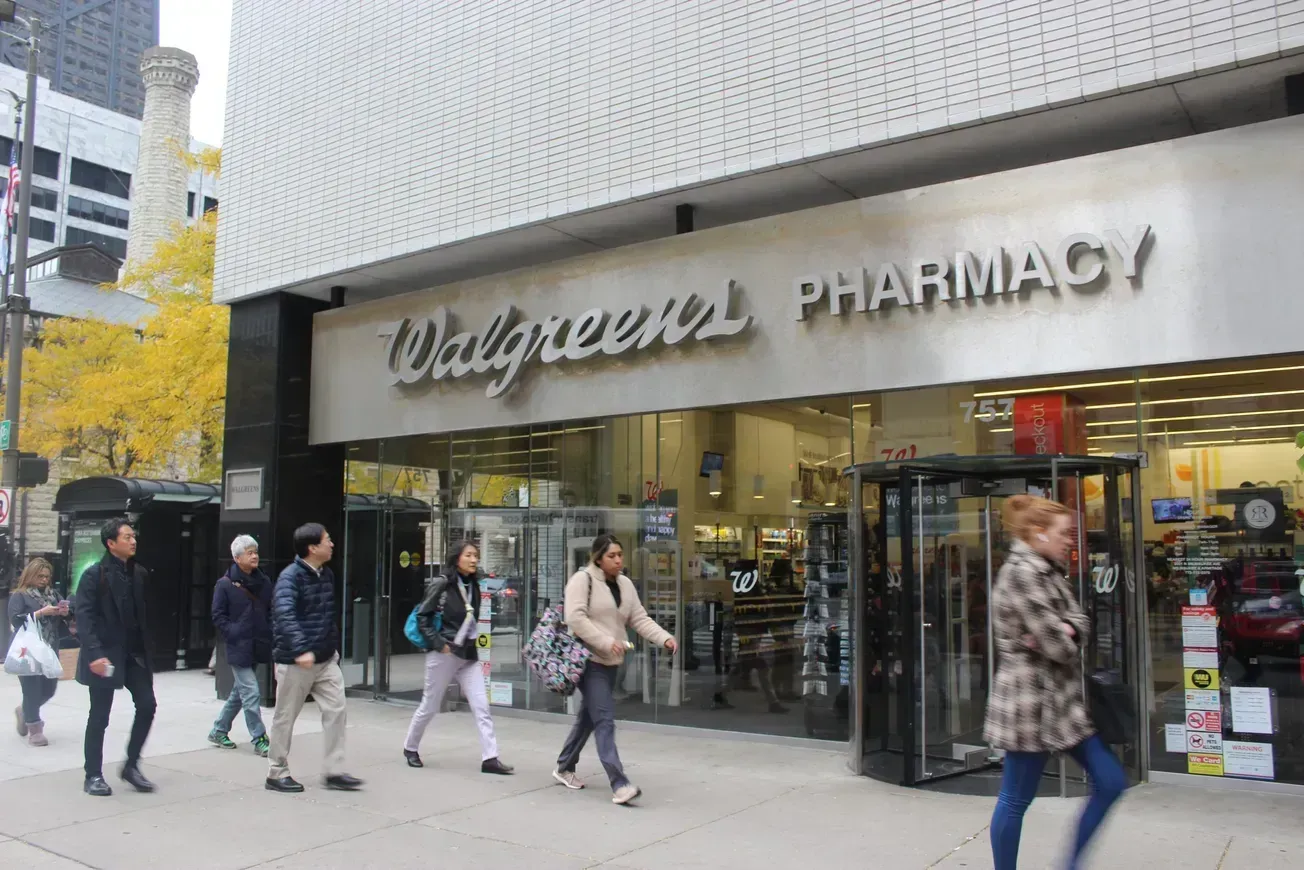
George Lazenby
Retail pharmacists are being asked to play an increasingly pivotal role in patient care in their communities, and the stress is putting a serious strain on the system: persistent drug shortages, regulations, burnout, walkouts, and the list goes on. The good news is that emerging technologies like AI, machine learning and predictive analytics are evolving at such a rapid clip that help, and hope, are at hand.
Consider, for example, that some of the largest retail pharmacy chains in the country — Walmart, Publix, Albertson’s, Giant Eagle, Meijer and many more — are not just testing these solutions, they’ve rolled them out across thousands of stores and are iterating daily and monthly on their successes.
Here are three ways technology can transform a pharmacy so pharmacists can spend time where it counts, control what matters, optimize their supply chain, and avoid the pitfalls of competing interests.
Tech-driven inventory management and optimization
One of the biggest pain points pharmacies face is ensuring the right amount of prescription drugs are available at the right time. Drug shortages have continued to be an obstacle, due to supply chain challenges, manufacturing delays and an increase in demand. With GLP-1 drugs now commonly being used for weight loss, the customer demand for these drugs has changed dramatically. According to the American Society of Health-System Pharmacists, the U.S. is facing the highest number of drug shortages in almost a decade.
Expert systems allow pharmacists to optimize their purchases and returns intelligently and analyze dynamic reporting to predict demand patterns and avoid drug shortages. These solutions use the current interfaces of a pharmacy management system, capturing data related to inventory, dispensing patterns and workflow. Systematic, automated and real-time alerts enable pharmacists to proactively restock medications, reducing the risk of drug shortages and ensuring patients receive their prescriptions on time.
In addition, sophisticated tools that employ AI can monitor and rebalance inventory across an entire retail chain, identifying slow-moving inventory in one store and matching it with a store that needs the drug. Moreover, leveraging AI, expert systems and automation can drive efficiencies and allow full visibility into purchasing trends, inventory and compliance to enhance forecasting.
Tech solutions reshaping pharmacy staffing woes
Retail pharmacies are also facing a critical shortage of qualified staff, leading to increased workloads and burnout among pharmacists. In fact, there were more than 60,000 job postings for pharmacists in the first three quarters of 2023. That’s up nearly 18% compared to the same period the year prior.
At the same time, we’re seeing a major shift in pharmacist-provided care. Consumers are turning to retail pharmacies for convenient access to testing, diagnosis, treatment of minor illnesses and vaccination administration. This gained popularity during the pandemic, and according to a new survey commissioned by the National Association of Chain Drug Stores, 81% believe it’s an important option to keep. Pharmacists are often more accessible than visiting a traditional doctor’s office.
Pharmacies must invest in technology that streamlines workflows and administrative processes, minimizes manual inventory management, and automates routine tasks to preserve valuable time for pharmacists to focus on customer interactions and counseling.
Keeping compliance in check
Pharmacies have the additional burden of identifying and preventing potential instances of prescription fraud and abuse. This compliance has intensified due to the opioid epidemic. The Drug Supply Chain Security Act requires pharmacies to be able to track, trace and verify every prescription they handle.
With the use of expert systems and AI, pharmacists can now see prescription patterns and dispensing habits to flag suspicious activities and take appropriate measures to protect against misuse. These solutions allow pharmacists to monitor internal compliance procedures and stay accountable.
Making a change in the overall strategic direction of a pharmacy can be challenging, especially when considering advanced technology integration. Configurable end-to-end solutions should focus on streamlining workflows and improving inventory management, optimization and compliance for a more customer-centric approach. This allows pharmacists to drive connections with their customers, provide care and foster stronger relationships at a time when consumers (and the community) are increasingly counting on their nearby pharmacies and pharmacists for access to critical care and services.
George Lazenby is cofounder and chief executive officer of OrderInsite.









